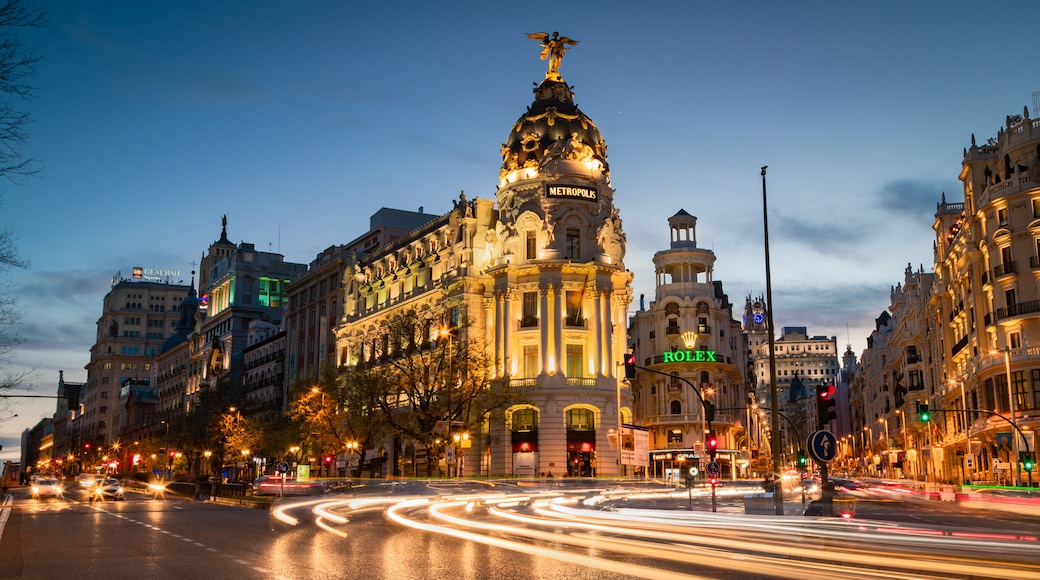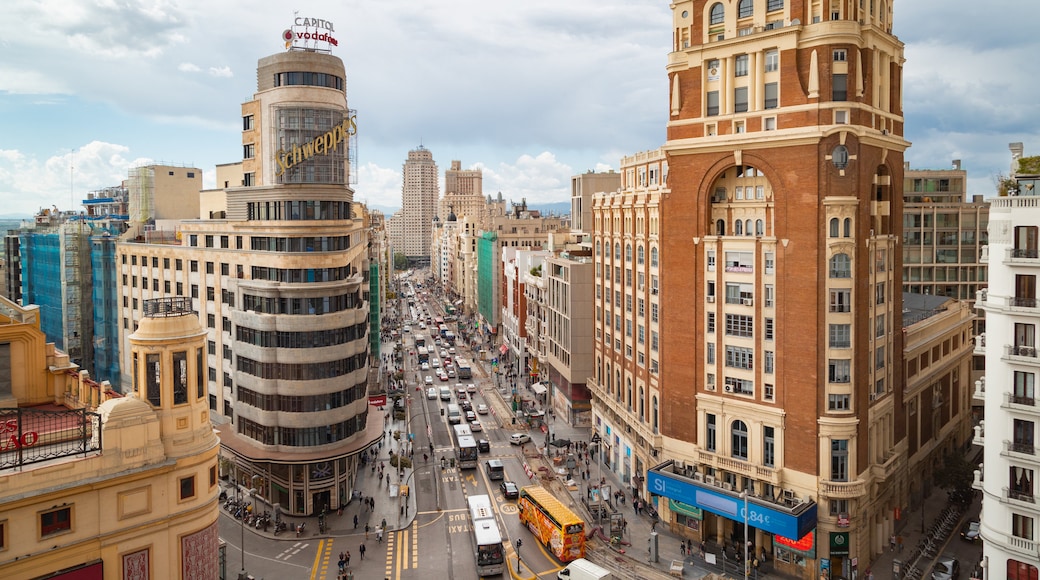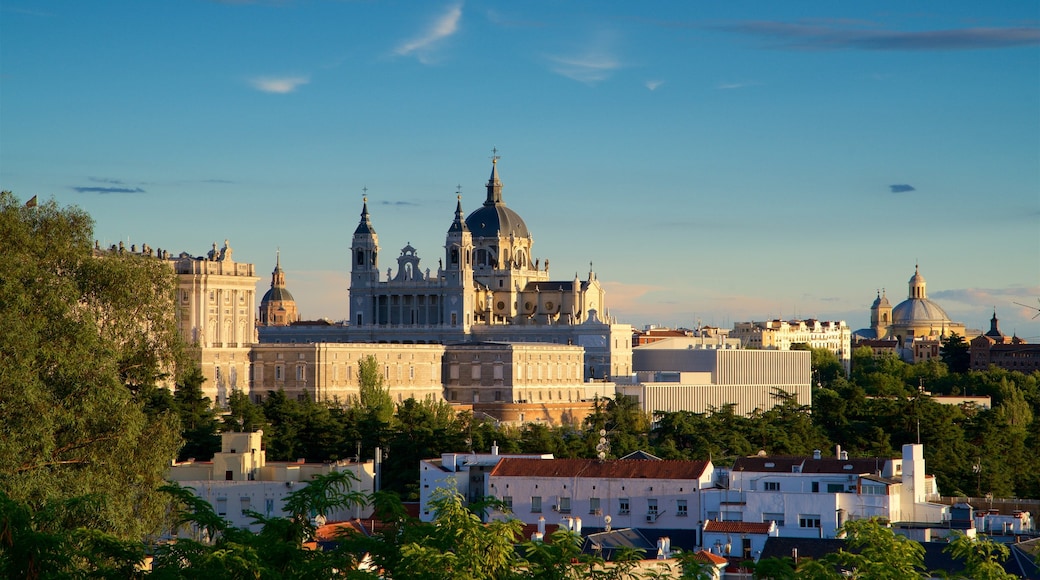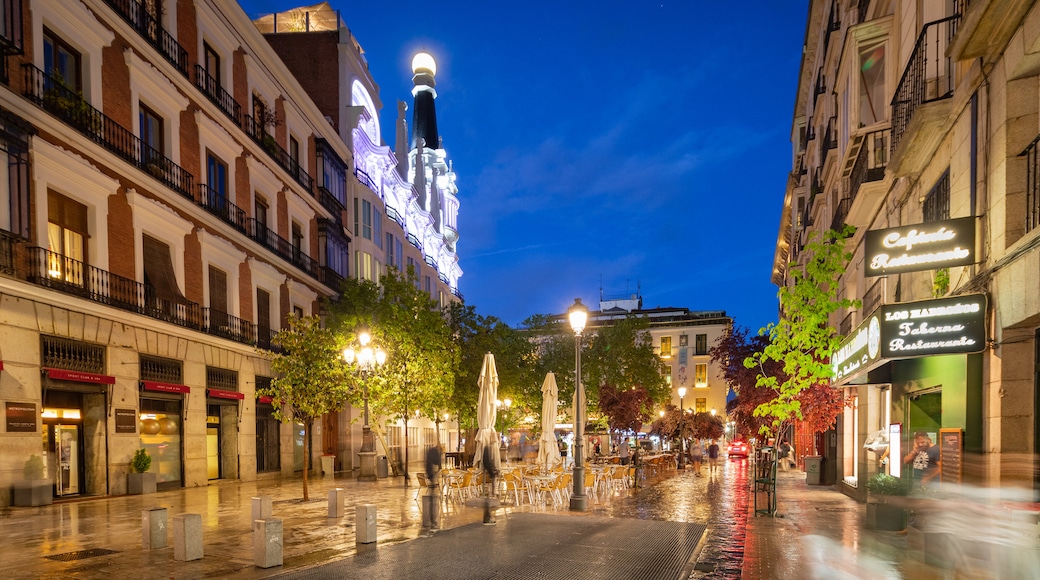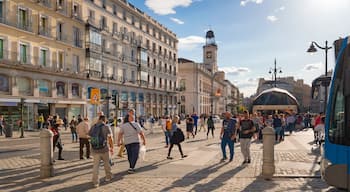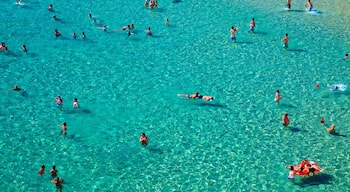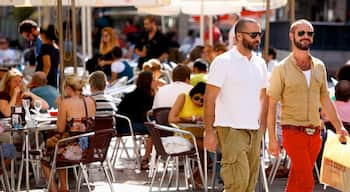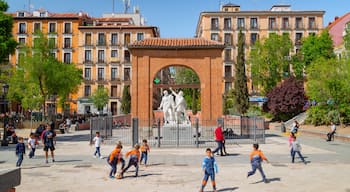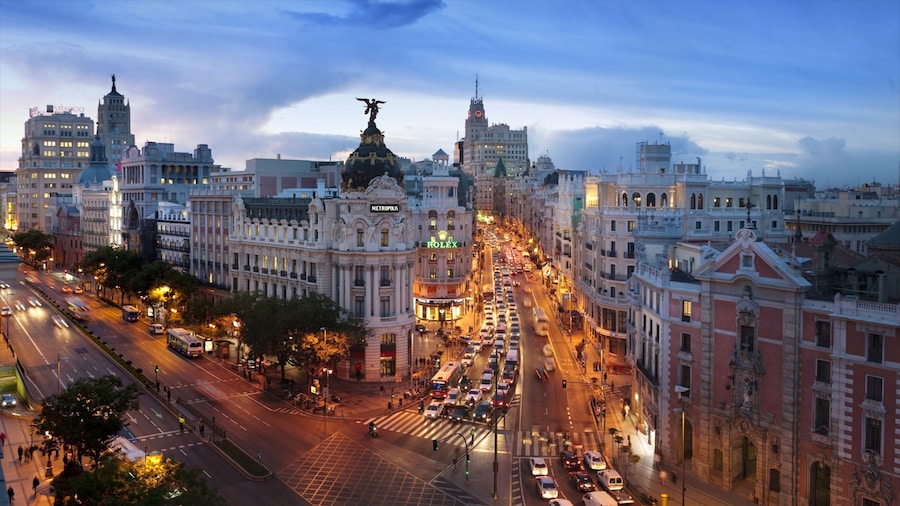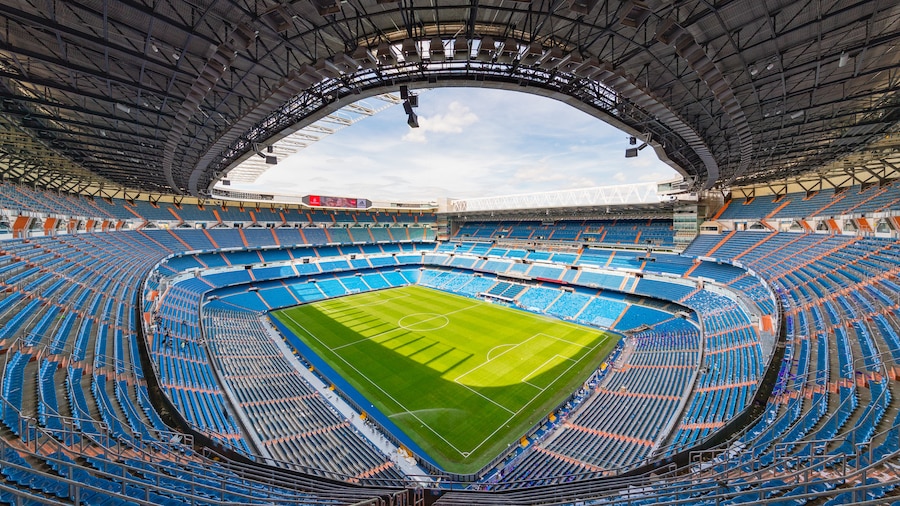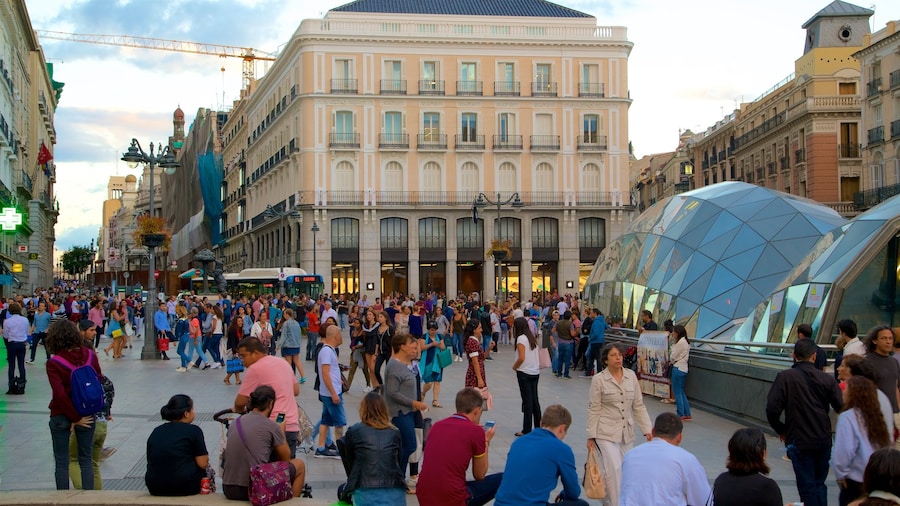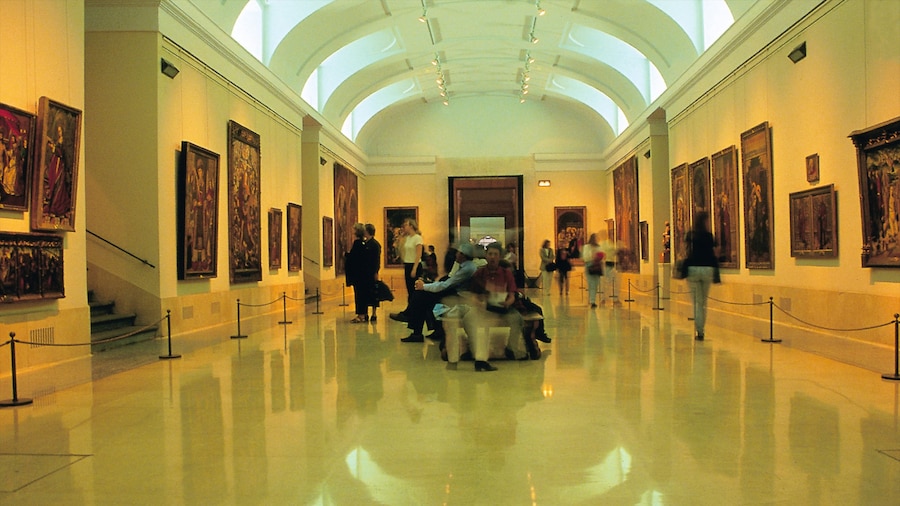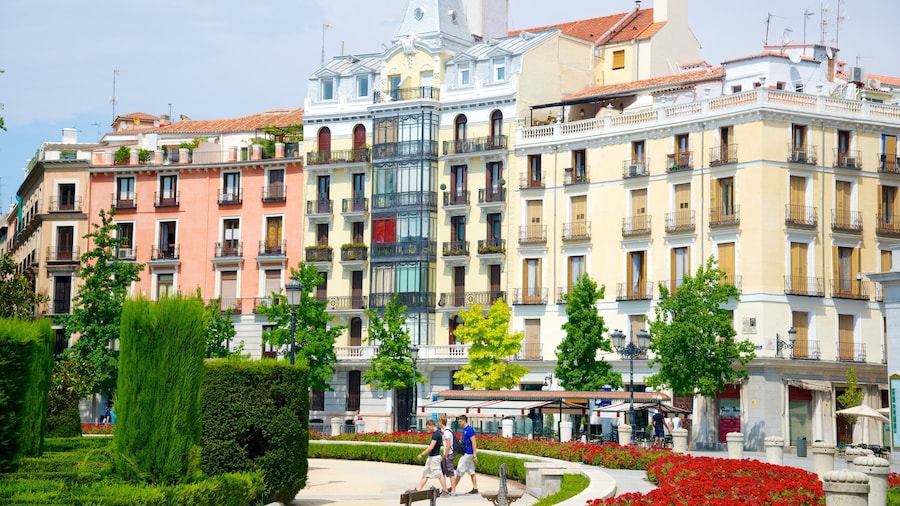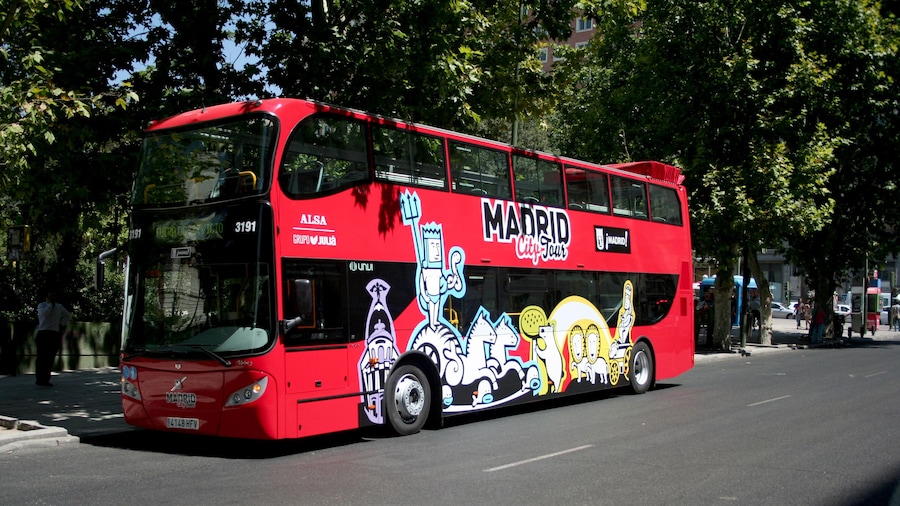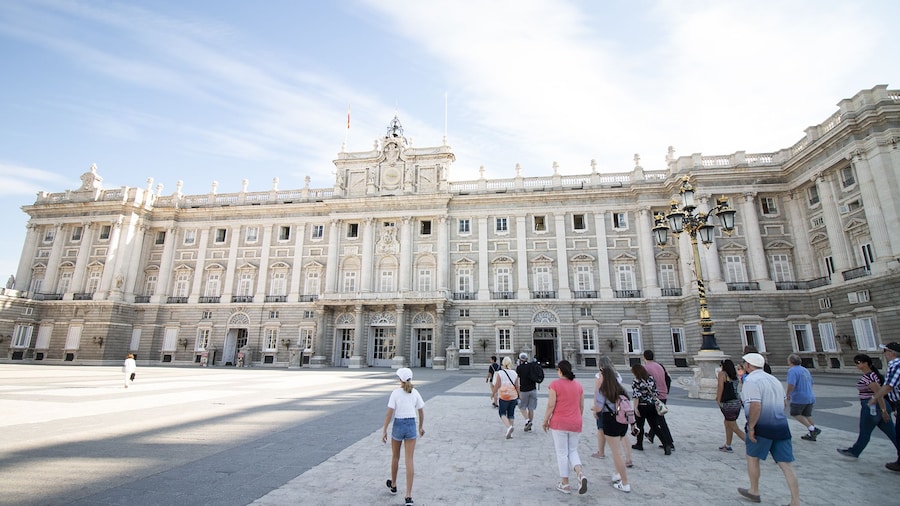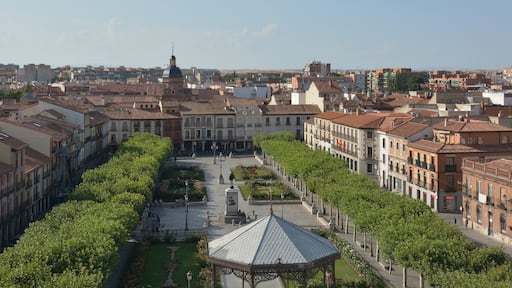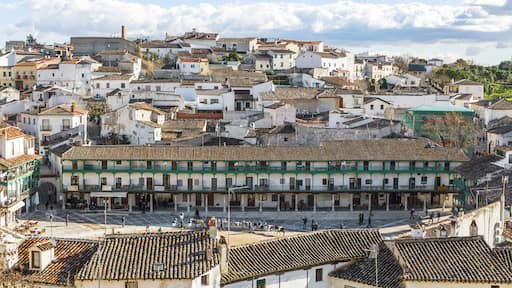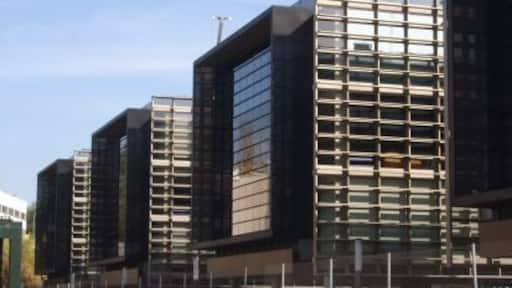A city of cool shaded alleys, and wide sunny parks, grand palaces and even grander plazas, this is a place that lives up to its motto of 'Madrid never sleeps'.
In the 18th century, a new dynasty – the Bourbons – were on the Spanish throne, and they didn't like the shabby look of their capital and decided to make a few changes. You can see their efforts in the splendour of Madrid's parks, monuments and palaces – and in the curious contrast between old Madrid's tight-packed streets, and its many beautiful open parks. You can thank the royal connection for those – the Casa de Campo, a huge tract of parkland in the west, was once a royal hunting ground. Now it has an amusement park, boating lake and zoo.To the east is the more formal park of El Retiro, actually the gardens of the old Habsburg palace. Its 121 hectares of tree-lined avenues, waterways, Romanesque gardens are the perfect 'back lawn' for Madrid's best-known museum – the Prado Museum, which houses a world-class collection of European Renaissance and Classical paintings. Close by are two other art galleries – the Reina Sofia Museum, with its famed Dali's and Picasso's and the Thyssen Bornemisza Museum. Taken together, they form Madrid's Golden Triangle of Art.Starting at the old town's gateway of Puerta De Alcala, follow a string of beautiful plaza's, from the famous fountains of the Plaza De Cibeles, to the vibrant Puerta Del Sol and finally the Plaza Mayor – Madrid's jaw-dropping square. A perfect contrast to that plaza's wide open skies is nearby El Rastro, Madrid's infamous and ancient flea-market of a thousand stalls.But if you keep going along the Calle Mayor, and you'll find yourself at the Royal Palace, where Spain's kings moved to in the 19th century, and which still hosts royal events. Next-door is the grandeur of the Almudena Cathedral, the elegance of the Royal Theatre, and the beauty of the Sabatini Gardens. To the north, the gardens lead you onto one last 'must-see' plaza – the Plaza De Espana. This is where you'll find a fabulous monument to Spain's greatest author – Cervantes, the 16th century creator of Don Quixote. This monument to past glories sits beneath two enormous, yet stylish, post-war tower blocks. Incongruous, quirky but done with style – you could say that's Madrid all over.
